The Intricate Craft of CPAP Masks: From Concept to Comfort
1. Introduction
A CPAP (Continuous Positive Airway Pressure) mask is more than just a piece of plastic and silicone. It’s a meticulously engineered device designed to maintain a secure yet comfortable seal on the user’s face. With varying shapes, sizes, and styles—nasal pillows, nasal masks, and full-face masks—each type must meet strict regulatory and safety standards while addressing individual comfort needs.
Manufacturers collaborate with sleep specialists, engineers, and even patients themselves to produce masks that optimize airflow, reduce pressure points, and improve user compliance. Let’s explore the lifecycle of a CPAP mask—from initial concept to final product.
2. Conceptualization and Design
2.1 Identifying User Needs
-
Face Structure Variability
- People have different facial contours, nose bridges, and jaw shapes, which requires multiple mask sizes and configurations.
-
Comfort Requirements
- Prolonged nightly use demands soft yet durable materials and a design that minimizes irritation.
-
Airflow Efficiency
- Ensuring an optimal seal while maintaining minimal air leakage is essential to provide therapeutic pressure.
2.2 Prototyping
-
3D Modeling
- Using Computer-Aided Design (CAD) software, designers create digital 3D models. The software helps predict how air flows through the mask and identifies potential pressure points.
-
3D Printing for Early Samples
- Rapid prototyping with 3D printing allows quick production of trial masks for initial user testing and ergonomic feedback.
-
Iterative Testing
- Early prototypes undergo comfort and airflow tests, often with volunteer patients or through lab simulations using mannequin heads fitted with pressure sensors.
3. Material Selection
3.1 Silicone and Gel Components
- Silicone is commonly used for mask cushions and nasal pillows. It’s hypoallergenic, heat-resistant, and flexible enough to conform to facial features.
- Gel cushions provide a more customized fit by adapting to the user’s contours. The gel is sealed within a thin membrane, offering a softer, more compliant interface with the skin.
3.2 Rigid Frames and Headgear
- The frame of the CPAP mask, often made of polycarbonate or similar plastics, must be lightweight yet sturdy.
- Headgear (the straps securing the mask to the head) is typically made from breathable, elastic fabrics such as neoprene or lycra blends. Comfort and adjustability are key to preventing headaches and skin irritation.
3.3 Air Vent and Swivel Components
- Many masks include exhalation ports or vents that diffuse exhaled air quietly. These are often drilled or molded into the frame and tested for noise reduction.
- Swivel adapters at the hose connection point allow freedom of movement without disturbing the mask seal.
4. Manufacturing Process
4.1 Mold Creation
-
Precision Tooling
- Once the final CAD design is approved, manufacturers create metal molds (often steel or aluminum) with extreme precision. These molds can include multiple cavities for producing multiple components at once.
-
CNC Machining
- Computer Numerical Control (CNC) machines drill, mill, and finish the molds to exact tolerances. The smoother the mold finish, the smoother the mask surface.
4.2 Injection Molding
-
Thermoplastic Injection
- Polycarbonate or other thermoplastics are heated to a molten state and injected into the mold. After cooling and hardening, the mask frame or other plastic components are ejected.
-
Liquid Silicone Molding (LSM)
- For silicone cushions, a liquid silicone rubber (LSR) process may be used. Two-part liquid silicone is injected into a heated mold, curing into a flexible yet durable shape.
-
Quality Assurance
- Each batch is inspected for defects like bubbles, warping, or incomplete fills.
4.3 Assembly and Bonding
-
Component Integration
- Technicians or automated machinery assemble the rigid frame, silicone or gel cushion, vents, and swivel ports.
-
Ultrasonic Welding or Adhesive Bonding
- Where two plastic parts must form an airtight seal, ultrasonic welding or medical-grade adhesives are used. Ultrasonic vibrations melt the plastic at the interface, creating a strong bond without added chemicals.
4.4 Headgear Attachment and Final Checks
-
Strap Configuration
- Headgear straps are added, ensuring the mask can be easily adjusted.
-
Leak and Pressure Testing
- Manufacturers use specialized test rigs to confirm that masks hold a consistent pressure without leaks.
-
Cosmetic Inspection
- Visual checks for scratches, silicone tears, or uneven edges ensure a professional finish and user comfort.
5. Regulatory Approval and Quality Control
5.1 ISO Standards and FDA Compliance
- In the U.S., CPAP masks must comply with FDA regulations for Class II medical devices, which often involves submitting a 510(k) premarket notification.
- Globally, manufacturers adhere to ISO 13485 (medical device quality management) and may need CE marking in the European Union.
5.2 Batch Testing
- After production, random samples from each batch undergo rigorous testing to ensure consistency.
- Sterility and Biocompatibility tests confirm materials do not cause skin irritation or adverse reactions.
6. User Experience and Ongoing Innovation
6.1 Comfort and Compliance
A primary challenge for CPAP mask manufacturers is user compliance. If the mask is uncomfortable or leaks, users may abandon therapy. Ongoing innovations aim to reduce contact points on the skin, enhance breathability, and minimize claustrophobic feelings.
6.2 Custom-Fit Masks
Emerging technologies include 3D face scanning to create custom-fit masks tailored to individual facial structures. This can dramatically improve comfort and reduce air leaks.
6.3 Smart Sensors and Connected Devices
Some manufacturers are exploring embedded sensors within the mask that can monitor humidity, temperature, and seal integrity. Combined with smartphone apps, these data can help both users and healthcare providers fine-tune the therapy.
7. Conclusion
Making a CPAP mask is a complex, precise process that merges patient-centric design, advanced materials, state-of-the-art manufacturing, and strict quality control. Every detail—from the softness of the silicone cushion to the placement of the exhalation port—impacts user comfort and therapy effectiveness. As technology continues to evolve, we can expect even more innovative features that enhance compliance and transform CPAP therapy into a more seamless, comfortable experience.
Bibliography
- American Academy of Sleep Medicine. (2022). Clinical Guidelines for the Use of CPAP in Obstructive Sleep Apnea.
- Food and Drug Administration (FDA). (2021). Medical Device Classification & 510(k) Process for CPAP Masks.
- International Organization for Standardization (ISO). (2023). ISO 13485 – Medical Devices Quality Management Systems Requirements.
- European Commission. (2022). CE Marking for Medical Devices: Ensuring Safety and Efficacy.
- ResMed. (2022). Manufacturing Processes for CPAP Masks: From Prototyping to Production.
- Philips Respironics. (2021). Innovations in CPAP Mask Design: Comfort, Seal, and Compliance.
- Sleep Foundation. (2023). Understanding CPAP Therapy and Patient Compliance.
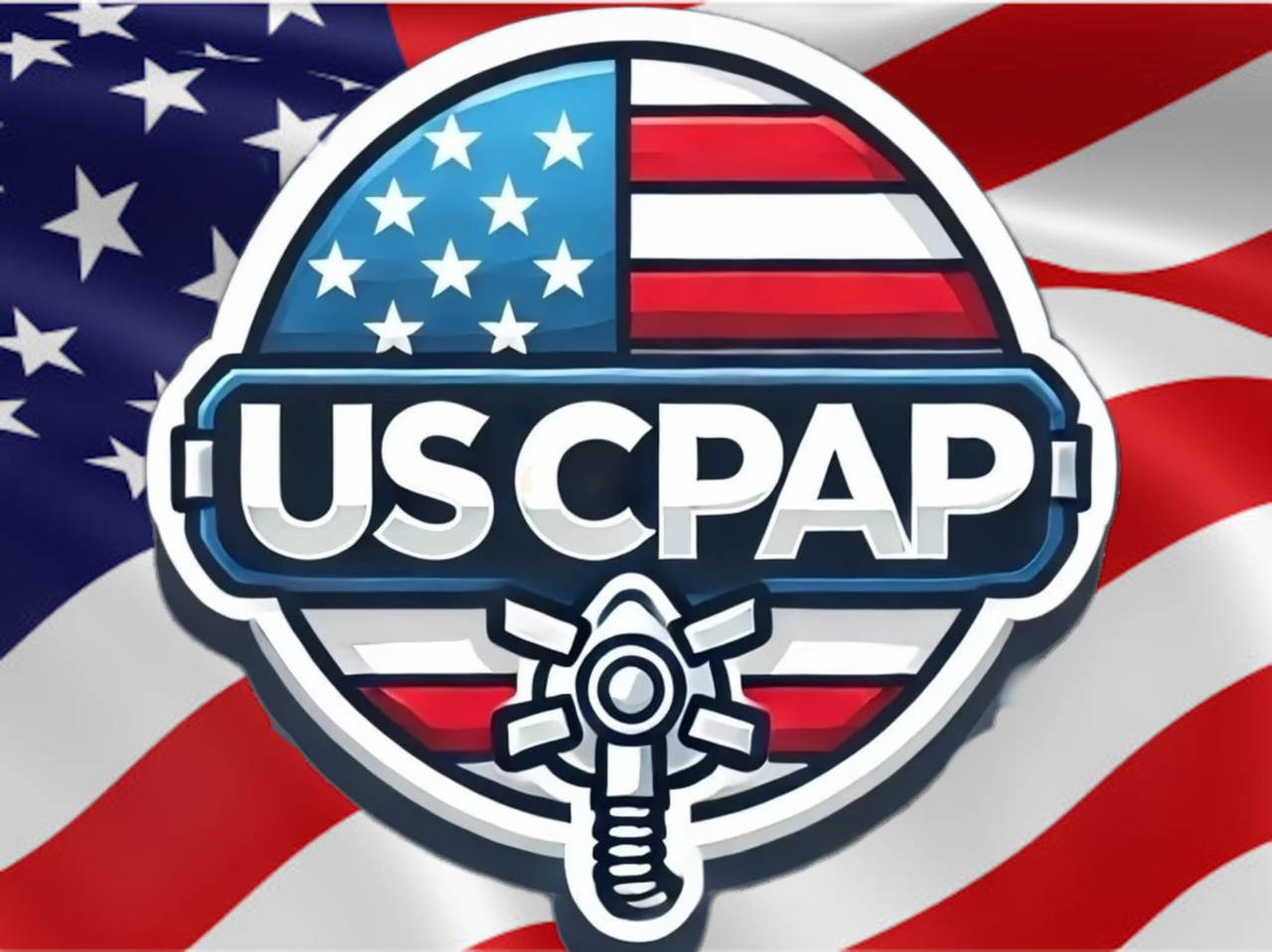
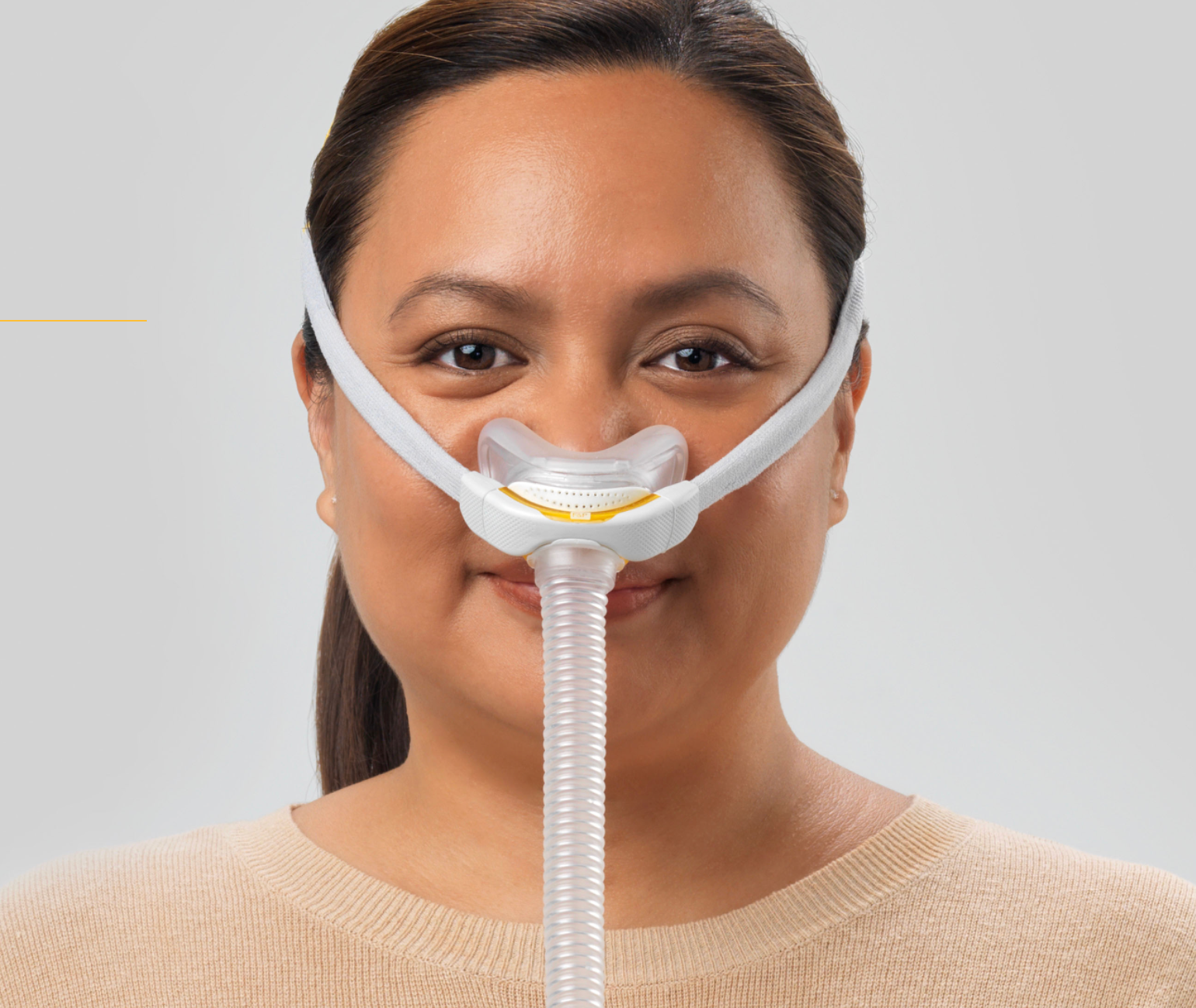
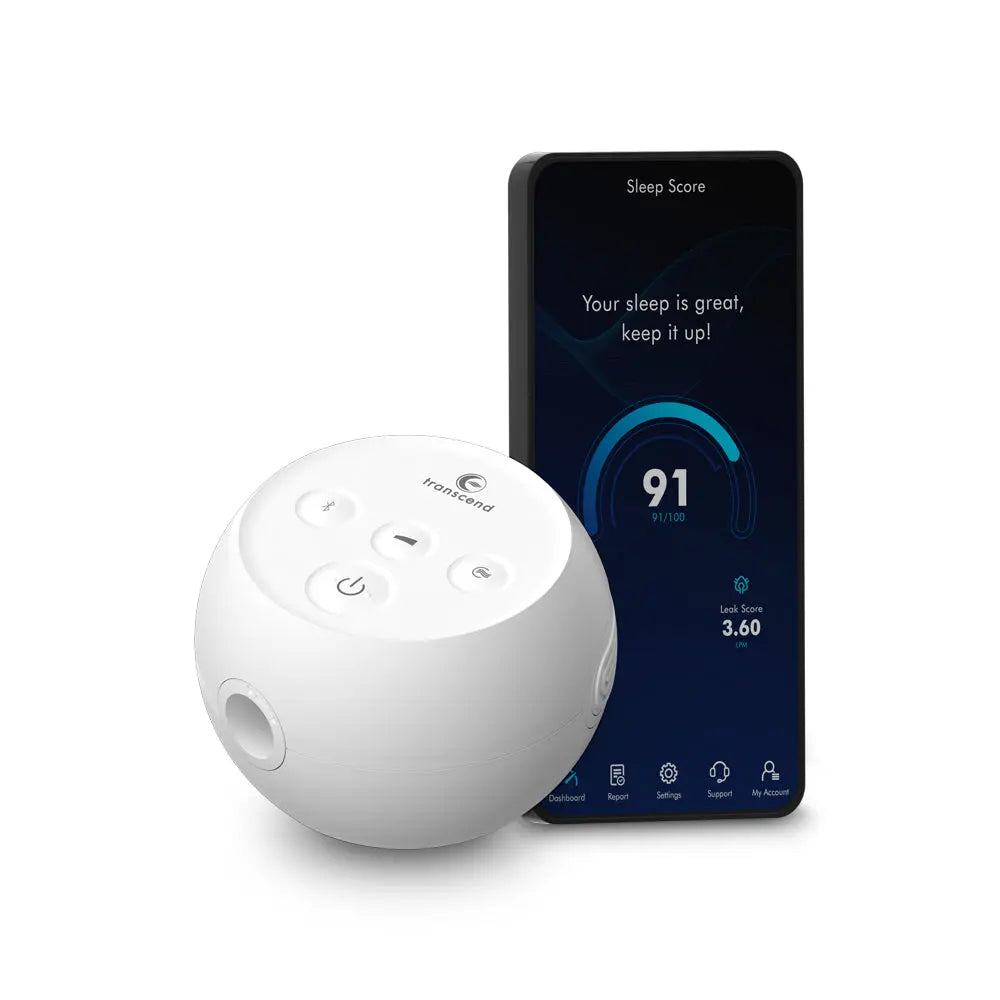
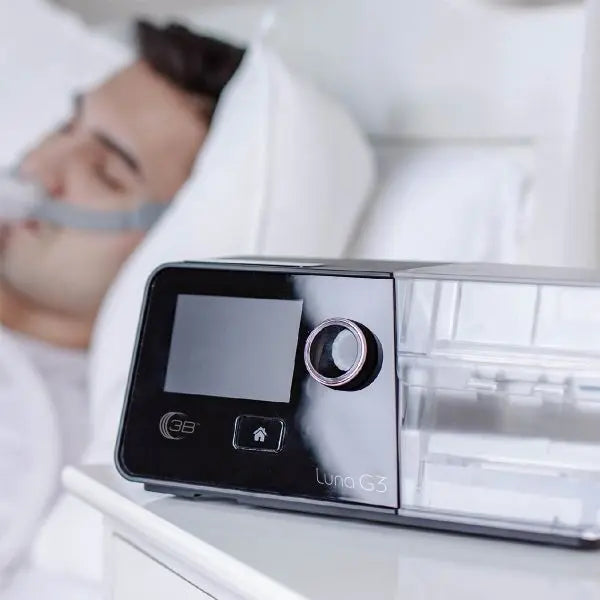



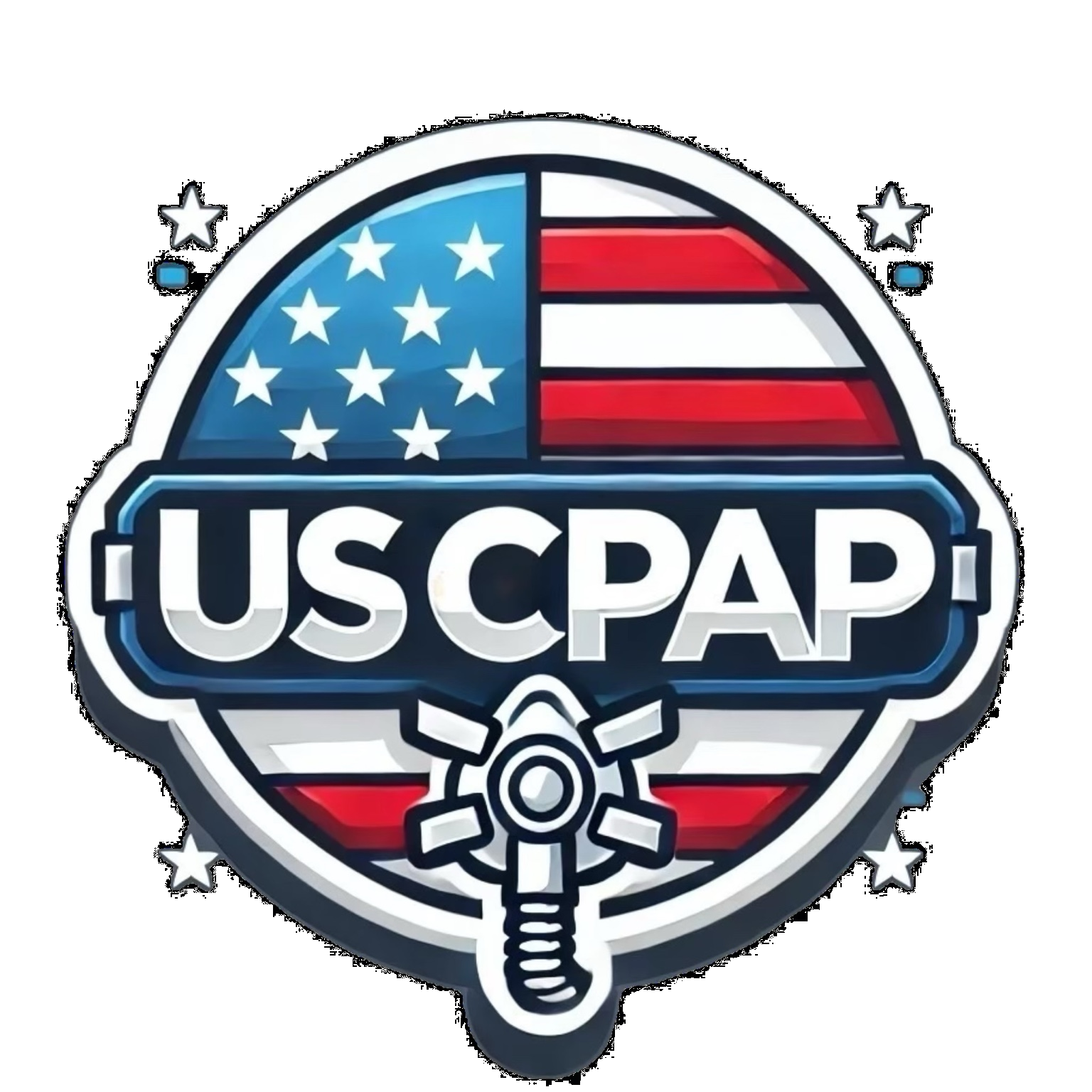
Leave a comment
This site is protected by hCaptcha and the hCaptcha Privacy Policy and Terms of Service apply.